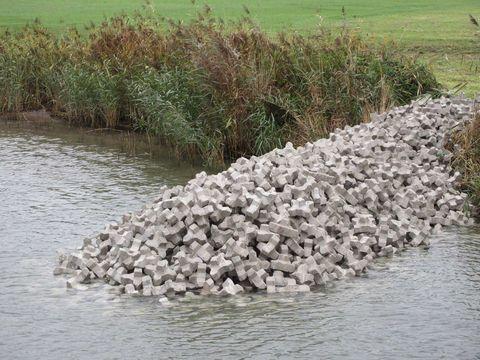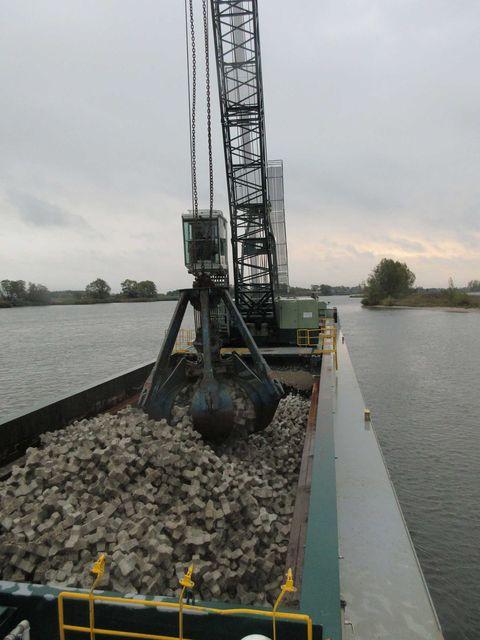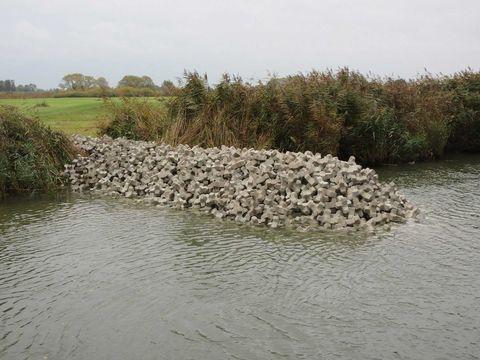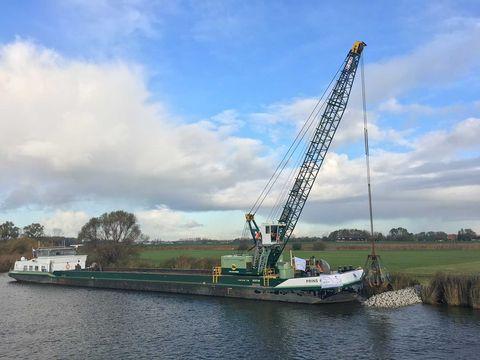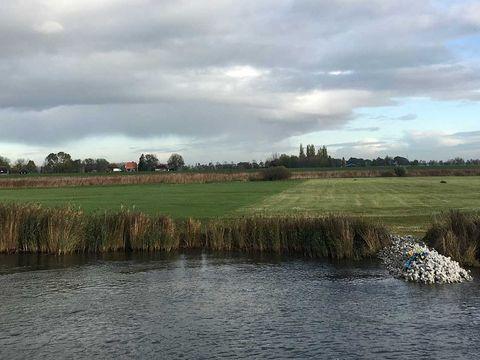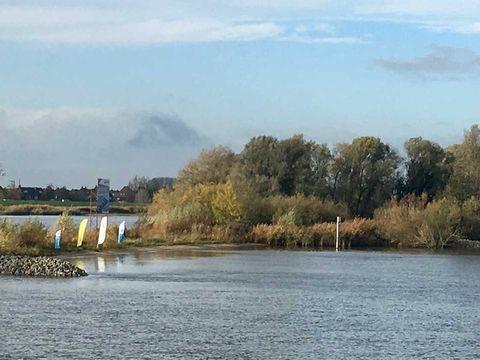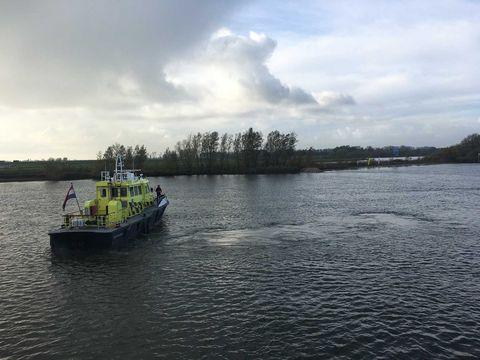












Xstream
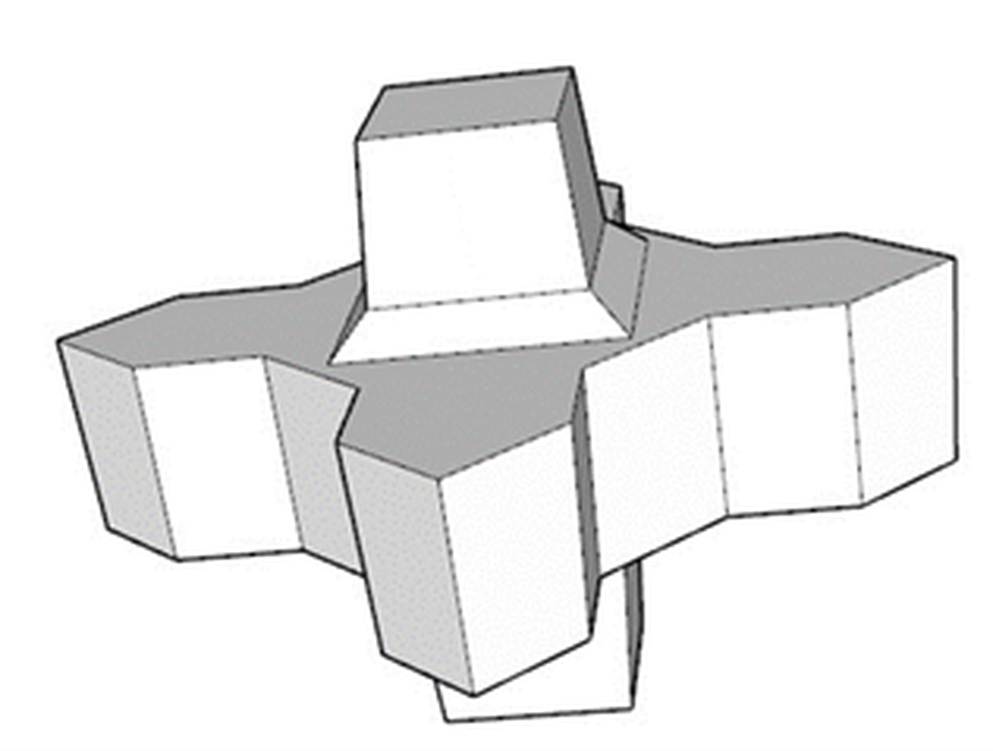
XstreamPlus
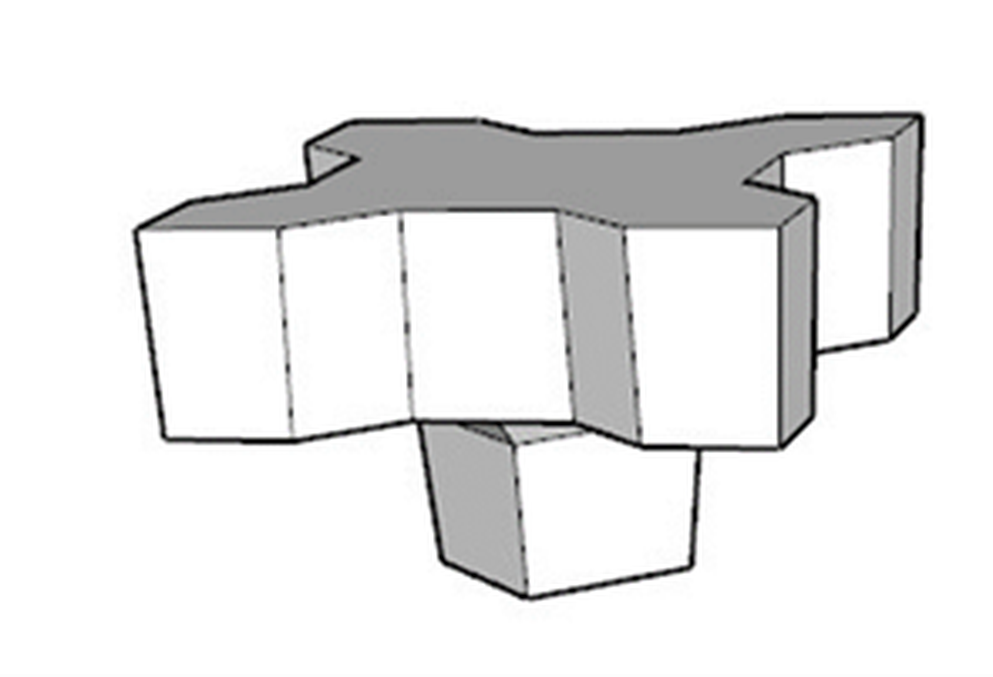
Xstream/XstreamPlus
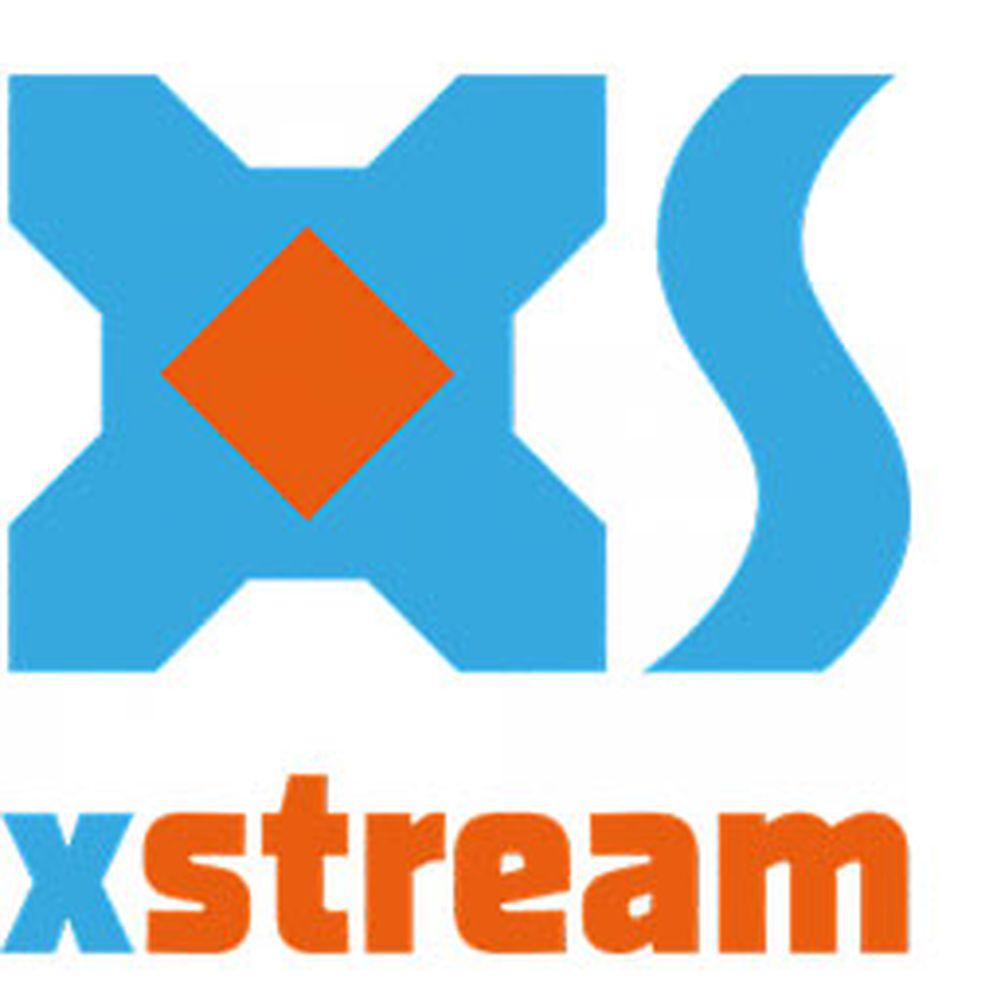
Xstream/XstreamPlus blocks are applied in inland waters, such as rivers, lakes and canals. Xstream/XstreamPlus blocks are in fact a smaller size Xblocs (30 to 40 cm height) which can be produced in an industrial process.
Xstream/XstreamPlus blocks are applied in groynes, river guiding dams, quay wall structures, shore protection and scour protections (on- and offshore).
The main advantages are:
- The blocks can be placed in bulk, using a crane with hydraulic grab;
- The blocks can be transported in bulk using river barges;
- When placed in bulk the structure has a high porosity of 60%;
- Groynes or guide dams can be made of Xstream/XstreamPlus blocks only, avoiding joints and transitions;
- Because Xstream/XstreamPlus groynes are only made of Xstream/XstreamPlus blocks, they are flexible and can be easily adapted to mitigate effects of climate change.
Xstream/XstreamPlus blocks can be made of concrete, sand-cement mortar or using low CO2 binders. Recycled concrete aggregates may be used. The Xstream/XstreamPlus blocks are highly interlocking. Therefore, steep slopes of up to 1:1 can be applied. Because of the steep slopes and the 60% porosity, material quantities are minimised.
The flexible groynes with Xstream/XstreamPlus blocks can be placed directly on the river bed. As the flexible groyne is only made of Xstream/XstreamPlus blocks, it is able to adapt to scour holes forming at the head of the groyne. If the groyne needs to be shortened or lengthened, it is easy to remove or add blocks.
Therefore, also increasing or lowering the height of an Xstream/XstreamPlus groyne or dam is easy.
As an Xstream/XstreamPlus groyne or dam is a porous structure, it forms a habitat for aquatic life. The porous structure is also able to absorb wave energy created by inland shipping
Due to the high interlocking capability, Xstream/XstreamPlus blocks can be placed in high currents, for instance when building river guide dams.
Xstream/XstreamPlus blocks may also be used as scour protection for offshore wind turbines.


